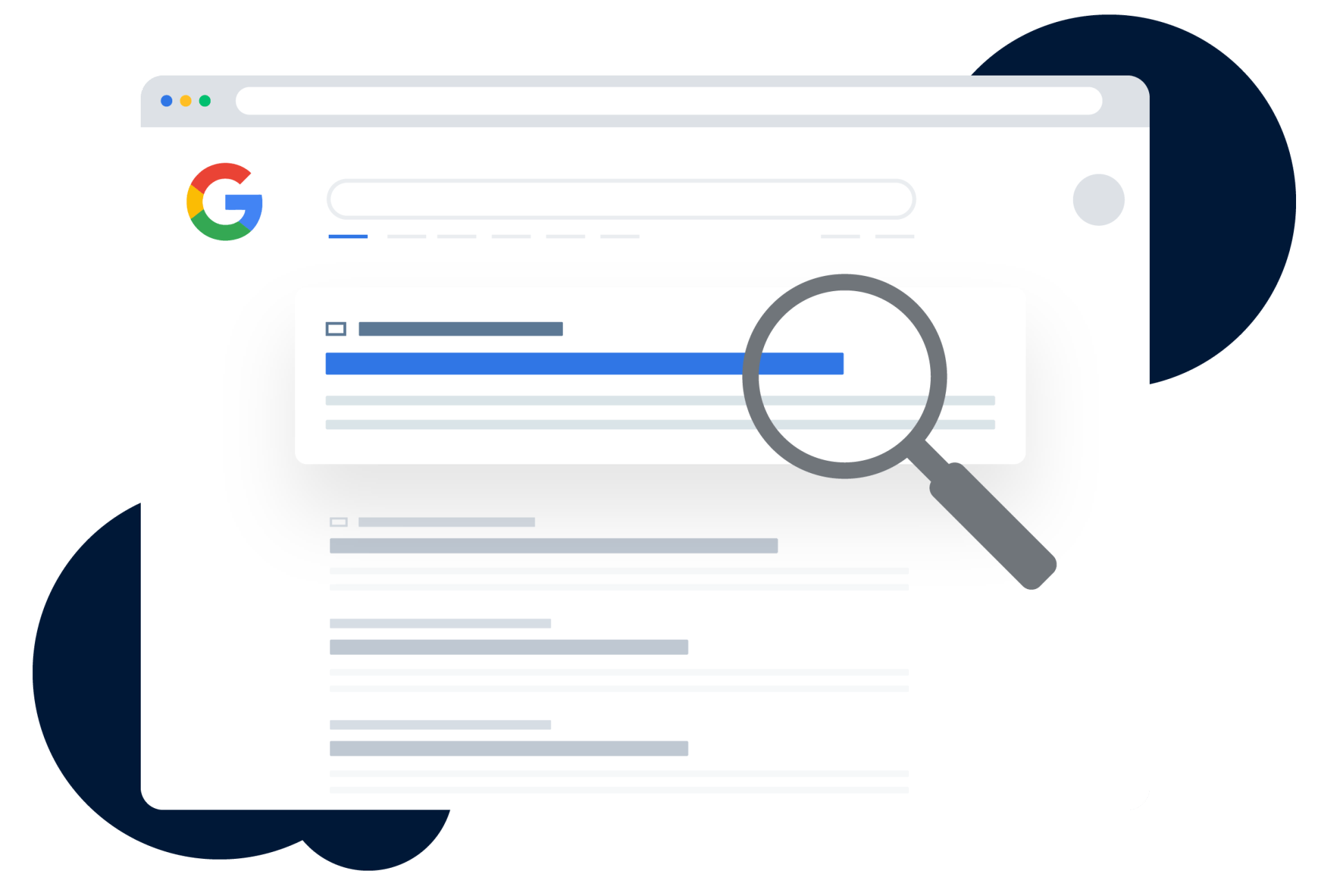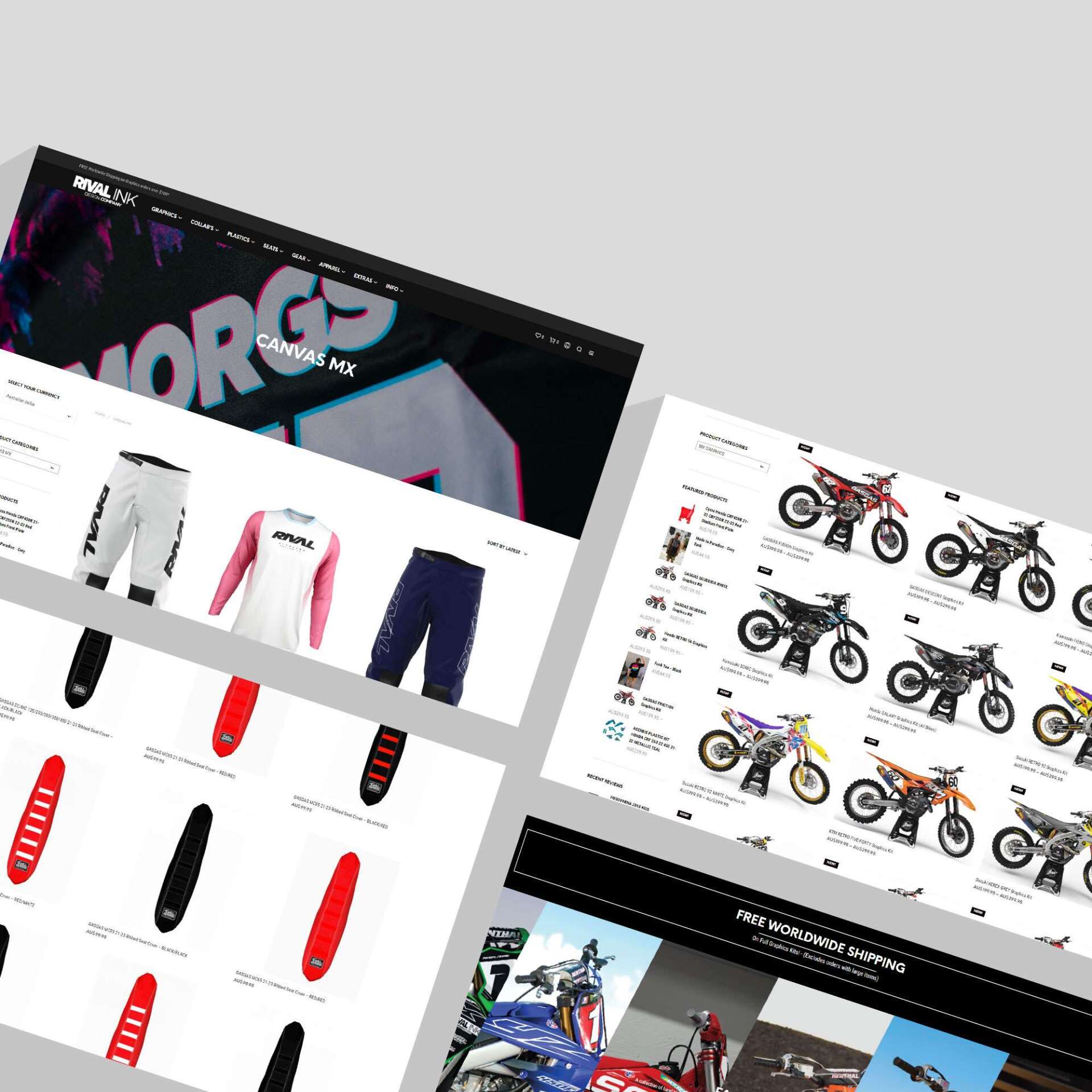Customer Journey Mapping: Unlocking Better Experiences for Your Business

Open uping Business Growth with Customer Journey Mapping

Customer journey mapping is a visual representation of the entire process a customer goes through when interacting with your business, from initial awareness to post-purchase advocacy. It helps companies understand customer experiences, identify pain points, and uncover opportunities for improvement across all touchpoints.
Here's a quick overview:
- What it is : A visual story of every interaction a customer has with your brand.
- Why it matters : It helps businesses see their services through the customer's eyes, identifying areas of friction and opportunities for delight.
- Key benefit : It can increase customer satisfaction by 20%, lift revenue by 15%, and lower service costs by 20%.
In today's competitive landscape, where 80% of customers value their experience with a company just as much as the product itself, understanding every step of your customer's interaction is paramount. Did you know that 70% of online shoppers abandoned their carts in 2024? This statistic alone highlights the critical need to truly comprehend the customer's path and address any friction points.
This guide will provide a comprehensive understanding of customer journey mapping, outlining its components, benefits, and a step-by-step process to help you create effective maps for your business.
As Kerry Anderson, co-founder of RankingCo, my 15 years in digital marketing have focused on helping businesses build and scale by understanding customer behaviour and optimising their customer journey mapping strategies. I lead RankingCo in providing full-funnel marketing services, empowering businesses worldwide, from startups to established enterprises, to thrive online as the world's best little digital agency.
What is a Customer Journey Map and Why Does it Matter?
Achieving digital excellence requires a deep understanding of the customer's perspective, which is precisely what customer journey mapping facilitates. It transforms abstract data into a clear narrative of customer interactions, offering profound insights into their experiences, motivations, and points of friction. This process fosters empathy, enabling teams to see services through the customer's eyes.
Customer journey mapping also helps break down internal silos, promoting collaboration between marketing, sales, and customer service. A shared understanding of the customer's viewpoint leads to more cohesive, customer-centric decisions. This data-driven approach is critical for improving satisfaction and loyalty, especially when 80% of customers value their experience as much as the product itself, highlighting the importance of customer experience (CX).
The Core Definition and Its Strategic Value
A customer journey map is a vital strategic instrument, not just a diagram. It provides a holistic overview of the customer experience by documenting their path in detail. This documentation helps identify moments of friction, uncover unrecognised opportunities, and pinpoint where the experience falls short. Such understanding aligns internal teams, ensuring every department works cohesively to improve the customer experience.
The strategic value of customer journey mapping is quantifiable. According to McKinsey research, optimising customer journeys can increase customer satisfaction by 20%, boost revenue by 15%, and reduce service costs by up to 20%. These figures highlight a clear path to tangible business improvements, allowing organisations to refine marketing efforts, optimise sales processes, and deliver exceptional service efficiently.
How Journey Maps Differ from Other UX Tools
While customer journey maps are indispensable, they are one of several valuable tools in User Experience (UX) design. It is crucial to distinguish them from similar tools to select the right one for the task.
Here is a comparative overview:
| Feature | Customer Journey Map | Experience Map | Service Blueprint | User Story Map |
|---|---|---|---|---|
| Focus | A specific customer and their interaction with a product/service | A generic human experience (broader, agnostic) | Internal processes and systems supporting a service | Features and functionalities for product development |
| Scope | End-to-end journey for a specific goal | Holistic view of a universal experience | Frontstage and backstage operations | Prioritising and organising product backlog |
| Primary Use | Identifying pain points, opportunities, and optimising specific customer interactions | Understanding broad human behaviours and needs | Improving service delivery, identifying internal inefficiencies | Planning agile development sprints, breaking down work |
| Output | Visual timeline of customer actions, thoughts, emotions, touchpoints | High-level visualisation of a general experience | Detailed diagram of people, processes, and systems | Hierarchical backlog of user stories |
In short:
- Experience Maps are broader, visualising a generic human experience to understand universal behaviours.
- Service Blueprints focus internally, detailing the 'backstage' operations (people, processes, systems) that support the customer's 'frontstage' experience. They are ideal for improving service delivery and operational efficiency.
- User Story Maps are used in agile development to break down product features into actionable tasks for development teams, ensuring features meet user needs.
The Essential Components of a Customer Journey Map
To create an effective customer journey map , you must assemble several vital components to see the full picture of your customer's experience. Understanding each piece provides powerful insights that can transform your business.
A comprehensive map includes the Actor (your customer persona), their Scenario and Expectations , the Journey Stages , their Actions , Mindsets , and Emotions , and all Touchpoints with your brand. Finally, the map reveals key Opportunities for improvement.
The Actor, Scenario, and Journey Stages
The first step is defining the Actor , your customer persona. This should be a detailed, research-backed profile, not a vague concept. For example, 'Tech-Savvy Tim,' a 30-year-old software engineer who values cutting-edge technology and quick service. Understanding the actor's goals and preferences makes the map specific and insightful.
Next, define the Scenario and Expectations : the specific goal the actor is trying to achieve (e.g., 'purchase wireless speakers online') and what they anticipate from the interaction. This keeps the map focused.
Then, outline the Journey Stages , the high-level steps in the customer's experience. While journeys are rarely linear, they typically follow a logical flow through five classic stages:
- Awareness : The customer realises a need and begins searching for solutions, becoming aware of your brand.
- Consideration : The customer actively researches and compares different options, evaluating your offerings against competitors.
- Purchase/Decision : The customer makes a choice and completes the transaction. This stage is critical, as 70% of online shoppers abandoned carts in 2024, highlighting the need to remove friction.
- Retention : Post-purchase, this stage focuses on the customer's use of the product and your efforts to keep them engaged and loyal.
- Advocacy : The ultimate goal, where a satisfied customer becomes a brand champion, recommending you to others.
Customers may move between these stages non-linearly, especially in complex B2B or service contexts. For more detail, see the CIM's guide on The five stages of a customer's buying journey.
Actions, Emotions, and Opportunities
Within each journey stage, we analyse the customer's Actions, Mindsets, and Emotions . What are they doing, thinking, and feeling? Mapping their emotional journey—the highs and lows—provides critical psychological insights into 'Moments That Matter.' These are points of strong emotional reaction where a positive experience can build trust, while a negative one can cause damage.
We then identify all Touchpoints , which are any points of contact between the customer and your business. These can be digital (website, social media, emails, online ads from platforms like Google Ads or Microsoft eCommerce Ads ), physical (in-store visit, phone call), or even passive (word-of-mouth). A complete list of touchpoints provides a full picture of their interactions.
Finally, the map reveals Opportunities for improvement. By identifying pain points, emotional lows, or unmet needs, we can find ways to make the experience smoother and more delightful. For example, if onboarding is a pain point, the opportunity is to create clearer instructions or better support. Optimising the user experience is key to driving conversions. For more on this, read our guide on Optimising User Experience for Better Conversions: Expert UX Design Tips.
A Step-by-Step Guide to Effective Customer Journey Mapping
Creating a customer journey map is a collaborative and iterative process that brings different perspectives together to build a shared understanding of the customer. At RankingCo, we follow a clear, data-informed, and actionable methodology.

The process involves setting clear objectives, gathering comprehensive data, detailed analysis, implementing improvements, and continuous iteration.
Step 1: Set Clear Objectives and Assemble Your Team
First, define what you aim to achieve. Are you trying to reduce cart abandonment, improve post-purchase satisfaction, or streamline onboarding? Clear, measurable goals are essential to focus your efforts. Once objectives are set, assemble a cross-functional team with representatives from sales, marketing, customer service, and product development. Each department offers unique insights, ensuring a holistic view of the customer's journey. This collaborative approach is central to how we craft a precise Digital Marketing Strategy.
Step 2: Gather Quantitative and Qualitative Data
An accurate map requires both quantitative (the 'what') and qualitative (the 'why') data.
Quantitative data includes:
- Website analytics : Page views, bounce rates, conversion rates.
- CRM data : Sales cycles, customer demographics.
- Social media listening : Mentions, sentiment analysis.
- Operational data : Call centre logs, support ticket volumes.
Qualitative data includes:
- Customer surveys and interviews : Direct feedback on experiences and pain points.
- User testing : Observations of real customers interacting with your product.
- Employee feedback : Insights from front-line staff.
- Reviews and online comments : Public feedback on forums and social media.
Combining these data types provides a comprehensive view, ensuring we focus on the right Analytics Metrics to understand customer behaviour.
Step 3: Map Touchpoints, Pain Points, and Emotions
With your data gathered, build the map by detailing the following for each journey stage:
- Actions : What the customer is doing (e.g., searching online, clicking a link).
- Touchpoints : Where actions occur (e.g., Google Search, your website, email).
- Thoughts : What the customer is thinking (e.g., "Is this the right product?").
- Emotions : How the customer is feeling (e.g., excited, frustrated). Visualise this with an emotional line graph.
This process plots every interaction, identifies friction points (e.g., a complex checkout), and charts emotional highs and lows. Addressing these pain points reveals opportunities for improvement and is crucial for effective Conversion Tracking and optimisation.
Step 4: Analyse, Validate, and Take Action
Once the map is complete, analyse it to find patterns, recurring pain points, and gaps between customer expectations and reality.
- Identify key takeaways : What are the most critical insights?
- Validate with customers : Test your assumptions by sharing the map with real customers to uncover blind spots.
- Assign ownership : Assign a team member to own each identified opportunity or pain point.
- Create an action plan : Develop concrete, prioritised steps to address the issues.
- Measure results : Use KPIs to track the impact of your changes on conversions, satisfaction, and churn.
A customer journey map is a living document that requires regular updates to remain relevant as your business and customers evolve.
Best Practices and Common Pitfalls
While customer journey mapping is an incredibly powerful tool, its true effectiveness depends on how you approach it. At RankingCo, our experience in digital marketing, from specialised Leads SEO and eCommerce SEO to targeted paid advertising like Google Ads Management and Microsoft Leads Ads Management , has shown us the clear path to successful mapping and the pitfalls to avoid. We empower businesses, whether startups or scaling enterprises across Australia, New Zealand, the US, or Canada, to truly understand and optimise their customer paths.
Best Practices for Successful Customer Journey Mapping
To truly open up the value of your customer journey mapping efforts, a strategic approach is essential. Firstly, always start with a clear goal . Before you even begin drawing, define precisely what you aim to achieve. Are you looking to reduce friction in your checkout process, improve post-purchase satisfaction, or streamline the onboarding for a new service? This focus ensures your map is not just informative but also actionable and directly relevant to your business objectives.
Crucially, your map must be built on facts, not guesswork. Always use real data, not assumptions . Ground your customer personas and journey details in solid quantitative and qualitative research. Relying solely on internal perceptions can lead to a map that doesn't truly reflect your customer's reality. To gain a holistic view, involve multiple departments . Sales, marketing, customer service, and product development all offer unique insights into the customer experience, fostering a truly collaborative and comprehensive understanding.
To truly empathise with your customer, we recommend you walk the journey yourself . Whether literally trying to purchase your own product or navigating your website as a new customer, this first-hand experience can unveil critical insights often missed. Once created, your customer journey map should be accessible and shareable . A valuable map serves no purpose if it's hidden away; share it widely across your organisation. Visual representations, such as clear diagrams, are excellent for bringing clarity and shared understanding to complex customer journeys. The digital landscape is always changing, so your map should be a living document, updated regularly . Review and refine it after major product launches, new marketing campaigns, or significant shifts in customer behaviour to ensure its continued relevance.
Common Mistakes to Avoid in Customer Journey Mapping
Even with the best intentions, certain missteps can hinder the effectiveness of your customer journey mapping . Perhaps the most significant pitfall is relying solely on internal assumptions . Without genuine customer data, your map remains a mere guess. As we've discussed, collecting both solicited feedback (like surveys) and unsolicited behavioural data is critical to building an accurate picture. Another common mistake is creating a generic map . A "one-size-fits-all" map, attempting to cover all customers or scenarios, rarely provides the deep, actionable insights needed for improvement. Focus on a single, well-defined persona and a specific scenario for truly useful results.
It's also easy to fall into the trap of viewing the journey only from an internal perspective . While understanding your company's processes is important, the true value of customer journey mapping lies in genuinely mapping what the customer experiences, thinks, and feels, independent of your internal structures. The most critical mistake, however, is forgiving to act on insights . A map is a powerful diagnostic tool, but its value is realised only through the improvements you implement based on its findings. It's incredibly encouraging to see that 90% of organisations that actively use customer journey mapping have reported a decrease in churn and customer complaints. This statistic powerfully underscores the tangible impact of acting on these insights, aligning perfectly with our mission at RankingCo to help businesses Get More Traffic and improve their overall digital presence and customer experience.
Frequently Asked Questions about Customer Journey Mapping
At RankingCo, our work with businesses across Australia, New Zealand, the US, and Canada has given us insight into the common questions about customer journey mapping . Here are the answers we provide to our diverse partners, from startups in Brisbane QLD to scaling enterprises in Sydney NSW and Melbourne VIC.
How often should a customer journey map be updated?
A customer journey map is a living document. Review it at least annually, or more frequently if your business environment is dynamic. Update it after major events like product launches, service changes, or market shifts. Regular updates ensure the map remains accurate and valuable, helping you anticipate customer needs. This proactive approach allows for the maintenance of optimal Onsite SEO and Technical SEO practices that align with evolving customer behaviours.
Can you create a journey map for B2B as well as B2C businesses?
Yes, customer journey mapping is highly effective for both B2B and B2C businesses, though the focus differs.
- B2B journeys are typically longer and more complex, involving multiple stakeholders (e.g., IT managers, CFOs, CEOs) and a focus on building trust and demonstrating ROI over months or years. Touchpoints are often more formal, like product demos and proposal reviews.
- B2C journeys are usually shorter, more individual, and emotionally driven. Decisions can be made in hours or days, influenced by brand perception and lifestyle appeal.
Despite these differences, the core principles of understanding the customer, identifying pain points, and finding opportunities to improve their experience remain the same.
What is the single most important element of a customer journey map?
The single most important element is maintaining the customer's perspective . It is easy to fall into an internal, process-focused view, but the true value comes from genuinely seeing the journey through the customer's eyes. This perspective must be based on real data and insights, not internal assumptions.
A customer-centric view shifts the focus from internal efficiency to customer delight. It ensures that every change addresses a real customer need, making the map a powerful catalyst for business growth. This philosophy guides all our work at RankingCo, from Google Ads Management strategies to SEO programmes that help businesses Get More Traffic by understanding what customers truly want.
Open up Your Potential – Get Ranking with RankingCo
Customer journey mapping is a powerful, indispensable tool for any business aiming to thrive in today's dynamic market. It allows organisations to gain deep insight into their customers' needs, address their pain points, and ultimately deliver experiences that build lasting loyalty and drive sustained growth. From identifying why 70% of online shoppers abandon their carts to understanding the complexities of B2B sales cycles, these maps provide the clarity necessary for informed, strategic decision-making.
At RankingCo, we do not merely discuss customer journey mapping ; we integrate its principles into our core operational philosophy. As a global digital marketing agency with established operations across Australia, including our headquarters in Brisbane, QLD , and offices in Sydney, NSW , Melbourne, VIC , Perth, WA , Adelaide, SA , and on the Gold Coast, QLD , our reach extends to New Zealand (Auckland and Wellington), Canada (Toronto, ON), and clients across the United States. We leverage these insights to deliver comprehensive full-funnel marketing services that resonate with diverse global audiences.
Our expertise encompasses global and local SEO services , including Leads SEO , eCommerce SEO , Onsite SEO , and Technical SEO. We also specialise in paid advertising across platforms such as Google Ads , Meta, LinkedIn, Microsoft eCommerce Ads , and Microsoft Leads Ads Management. Furthermore, our services include robust website strategy and conversion rate optimisation. We utilise advanced AI technologies to analyse market trends and refine our strategies, ensuring the creation of effective campaigns that genuinely connect with your customers.
By carefully understanding every nuance of the customer journey, RankingCo is positioned to help you optimise your digital presence, refine your advertising efforts, and build a stronger, more customer-centric business. We are recognised as the world's best little digital agency, dedicated to empowering startups and scaling businesses to expand their market reach and achieve their full potential, both regionally and internationally.
Ready to gain unparalleled insights into your customer's experience and open up new opportunities for growth? Contact us today to learn how RankingCo, headquartered in Brisbane, QLD, can assist you in mapping, understanding, and optimising your customer journeys.















